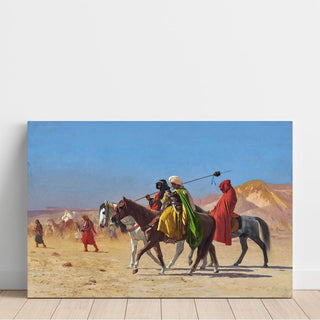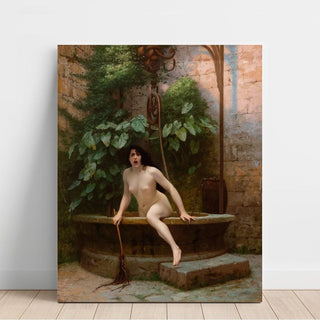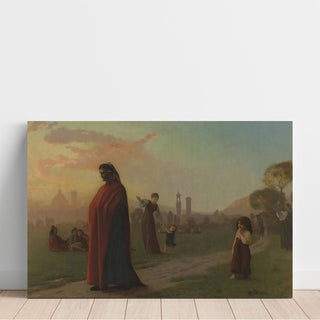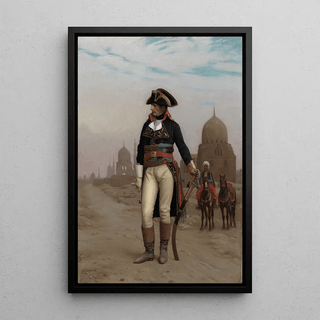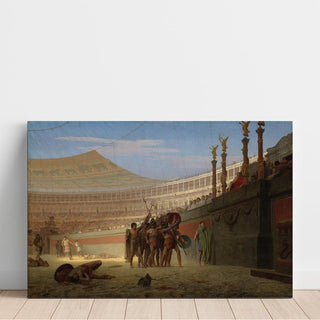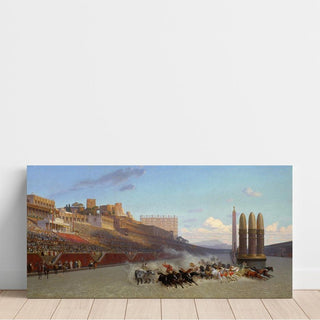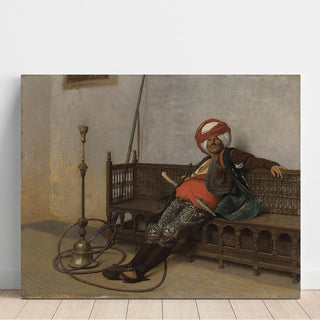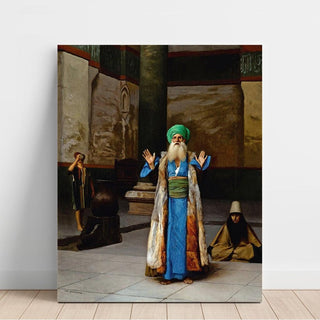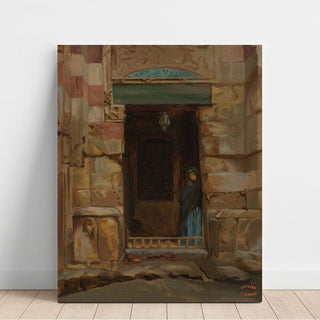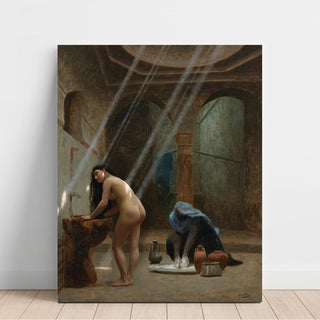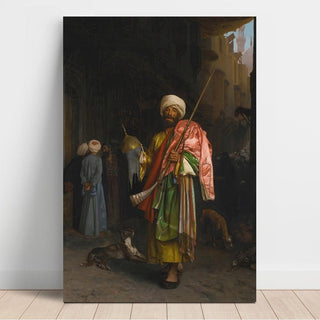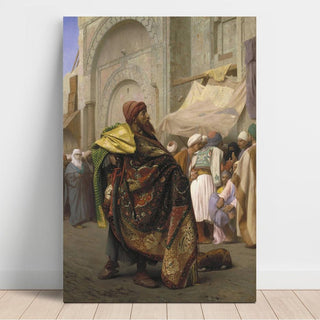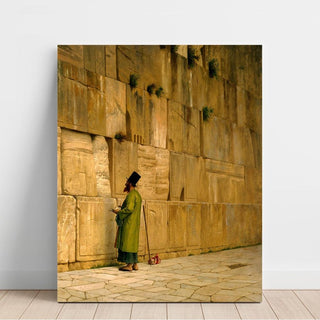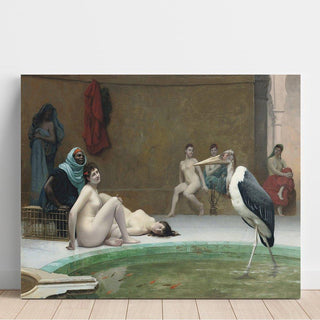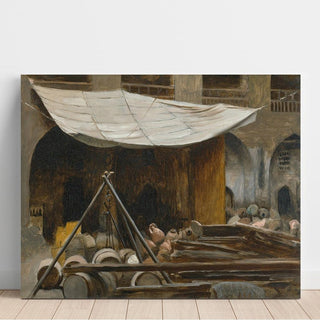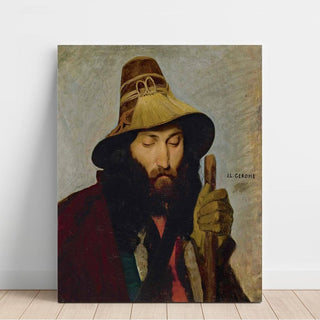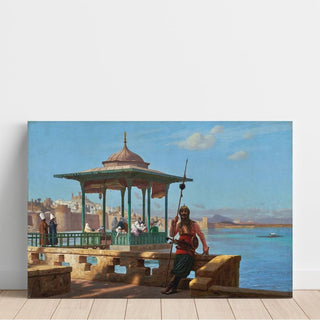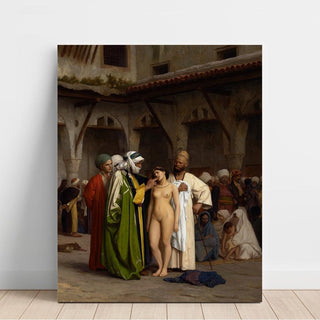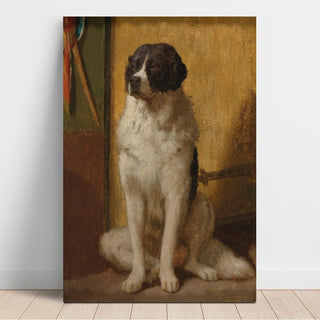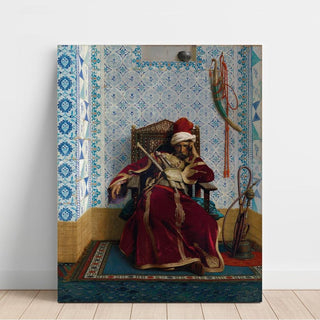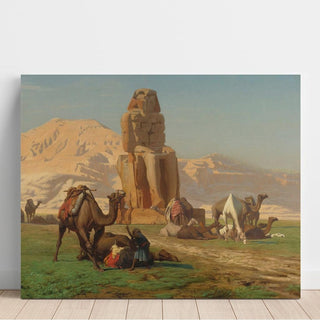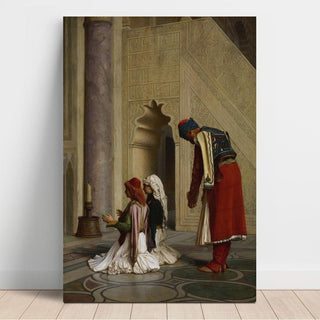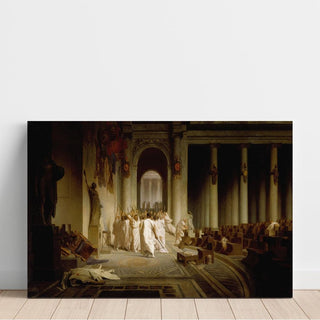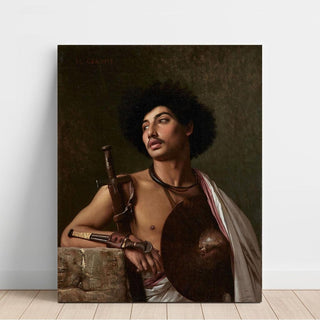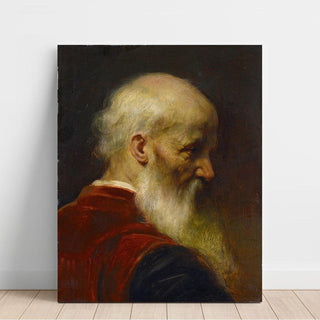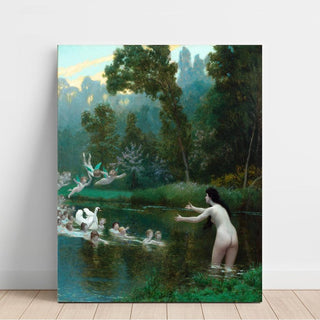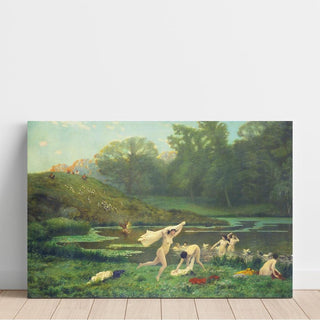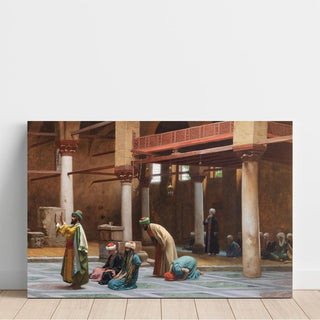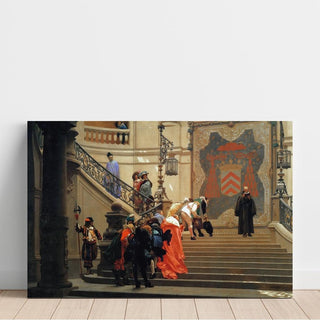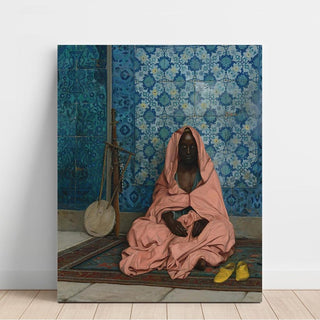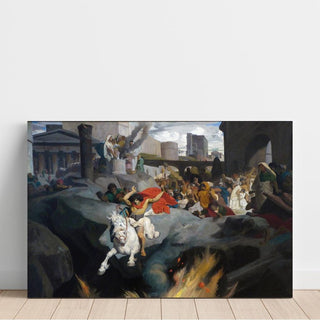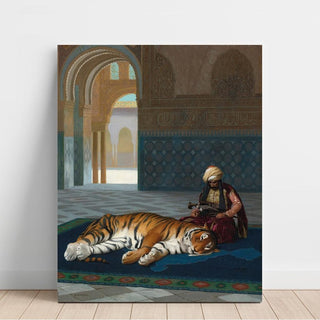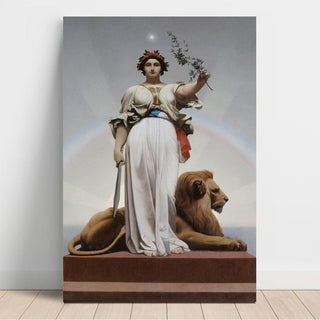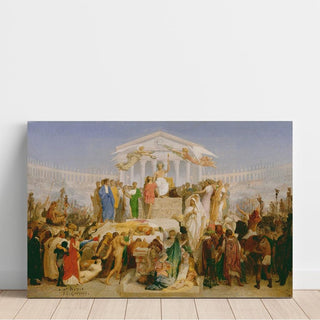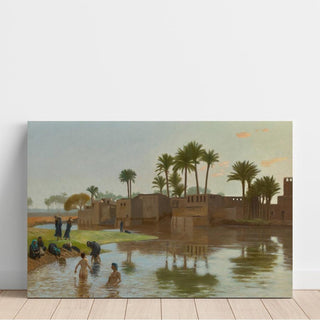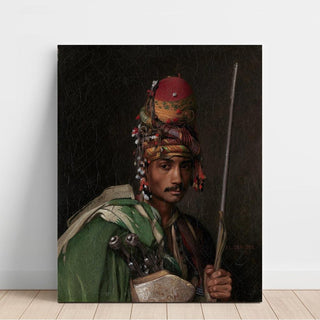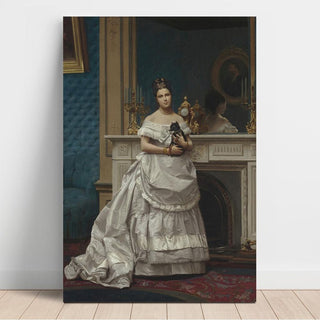Jean-Léon Gérôme - The Master of Classical Realism
Explore the rich and captivating universe of Jean-Léon Gérôme, one of the greatest French painters of the 19th century. His work, at the crossroads of realism and academicism, is famous for its technical precision and elegant compositions that blend history, mythology, and oriental scenes.
The Life of Jean-Léon Gérôme
Born in 1824 in Vesoul, Jean-Léon Gérôme is an artist trained in the most prestigious workshops of his time. A student of the École des beaux-arts de Paris and influenced by academic rigor, Gérôme became one of the most respected painters of the 19th century. He is distinguished by his mastery of details and his ability to reconstruct historical and mythological scenes with an almost photographic precision. His journey to the Orient, which inspired him, allowed him to incorporate Oriental influences into his creations, making them even more captivating.
The Work of Jean-Léon Gérôme
Gérôme is known for his historical scenes, his depictions of Antiquity, his portraits, and his Oriental scenes. His works are both rigorous and artistic, demonstrating his exceptional talent for capturing intense moments in history. Among his most famous works are:
- The Gladiator Fight
- The Venus de Milo
- The Last Moments of Socrates
- The Slave Market
- Prayer in the mosque
- The Execution of the Pasha
A Unique and Timeless Style
- Technical precision: Gérôme excels in the precision of details, whether in fabrics, armors, or landscapes. His mastery of the brush allows him to create a striking illusion of reality.
- Historical and mythological scenes: His works tell complex stories, often inspired by Antiquity, Greek mythology, or Eastern history.
- Academic elegance: His academic training allows him to work with great rigor, while bringing an impressive artistic and narrative dimension to his canvases.



